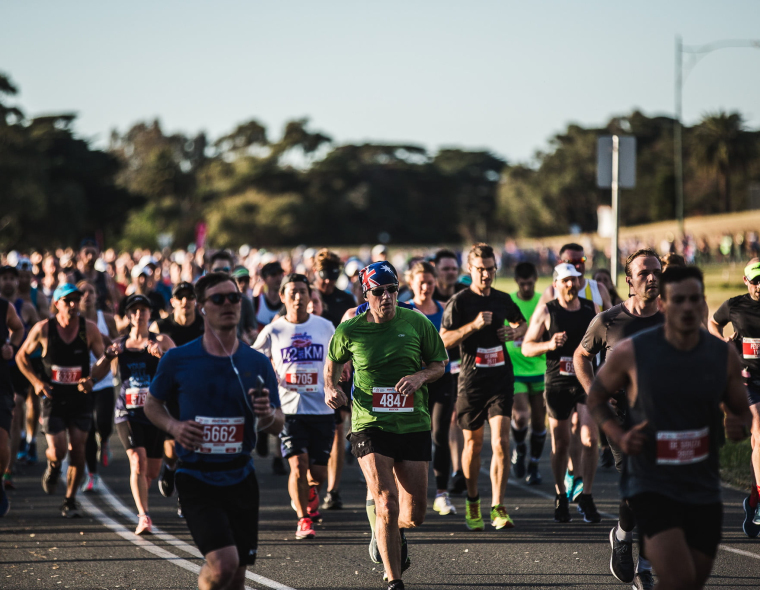It’s a well-known fact that a warm up is an essential part of any vigorous training activity or prior to a race to avoid injury. However, perhaps not as many people understand what happens during a warm up to help with this or how much they should be doing to warm up properly. Similarly, cooling down is an equally significant part of any training session, yet it’s often something that’s overlooked as we rush from training to our next commitment.
Here’s what you need to know.
Warming up
Warming up gets your body prepared to work by increasing muscle temperature for optimal flexibility and efficiency, gradually increasing heart rate to avoid cardiovascular stress and increasing blood flow to the muscles, ensuring they are properly oxygenated, looser and ready for the upcoming increased stress. Avoid stretching first up as part of your warm up; stretching cold muscles can actually be detrimental and cause an injury. Start off with some walking, light jogging or a spin on a stationary bike for 5-10 minutes. Add some dynamic stretching into the mix (stretching activity in which you keep moving, like a slow walking lunge) but keep the long-hold static stretching for after your run.
Cooling down
Once your main set or run is complete, spending at least 5 minutes walking or lightly jogging ensures continual blood flow to the body, meaning heart rate and blood pressure slowly decreases. This in turn helps void any feelings of light-headedness and decreases stress on the body. Follow this up with some static stretching of key muscle groups to avoid muscles becoming cool too quickly and tight (which can lead to injury). Think hamstrings, quads, glutes and hip flexors, but take care not to overdo it; allow your muscle’s natural resistance to guide you and don’t push a stretch to the point of pain.
The warm up and cool down are arguably the most important part of your training regime. Get them right and keep your body health and injury free.
Editorial by Rebecca Walker



